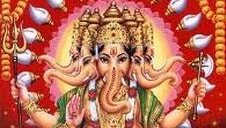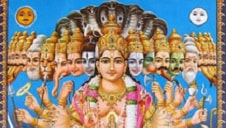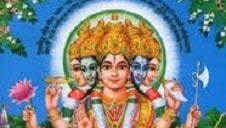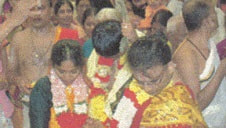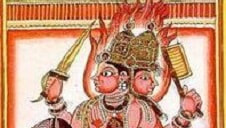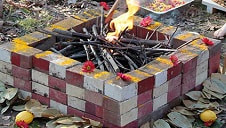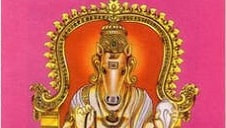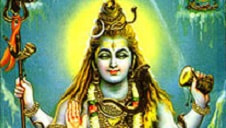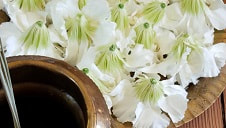|
Most of the Vedic rituals are based upon the Āpastamba Sūtra of the Kṛṣṇa Yajurveda, one of the most popular Vedic traditions in South India. Some rituals here have their origins in the Āgamas and other later texts and some are unique to this lineage.
The following texts have been typed by Swamiji for the benefit of people. It is asked that people who benefit from this information spread the blessings of these mantras by sharing them with compassionate, wise, and dharmic (spiritual) souls. Please use this information for the peace of the triloka (three worlds). The Vedas are powerful to heal and uplift all who use them for healing and peace. They are powerful to destroy those who work for selfish gains or to try to control others. The mantras purify the soul by destroying all that is impure. |
It is very important for the safety of the chanter that chanting be done to offer his selfish tendencies to the Lord. When spiritual practice is done in this way there will be no concern about mistakes or bad effects from mispronunciation etc. When doing a practice of Veda chanting, it is important to have a Guru to teach the proper pronunciation and to guide and support the soul through the process of spiritual awakening. The Guru's grace empowers the mantras for the sincere student. It balances and supports the seeker as the shakti of the mantras transforms his consciousness.
There are relatively many people who chant many Sanskrit mantras daily; but there are a rare few souls who have realized the Truth of Vedas living within their own hearts. May this page lead the sincere seekers toward the realization of that Truth. Tat Sat, Hari AUM! |
Below we've provided texts of many popular rituals and mantras used for worship in Sanskrit and English transliteration. These PDF files were hand-typed by Swamiji. They are in need of editing. There are plans to create printed (book) versions of each of these texts along with translation, explanations, and instructions for use in rituals.
Mantras have the power to heal consciousness at the deepest level. They effect the people who hear them and the places where they are practiced. The Vedic mantras have been revealed by the Rishis (Sages) Rishikas (female Sages) for the benefit of humanity. Men, women, and children of all nationalities, casts, creeds, and social statuses can benefit from the use of the powerful Veda mantras, but they must have courage to look within themselves and an intention to help all living beings.
